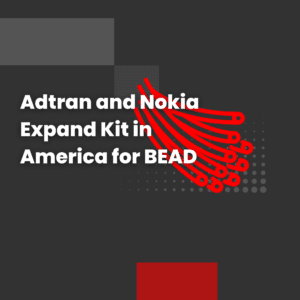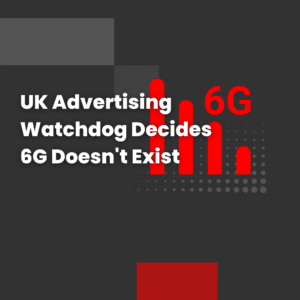EoT (Economy of Things) is presented as the next step from the current IoT (Internet of Things) technology we use in our day-to-day life. As IoT developed throughout the 2010s, it gave way to a phenomenon we know to be the Economy of Things. To understand EoT and the implications it gives way to, we must first understand IoT and how we use it. In a nutshell, IoT is your smart devices that connect through the internet, such as a smart TV or wearable technologies like smart watches.
While IoT is the digitizing of physical things, EoT is the subsequent monetization of the digital assets of these things.
Research on the EoT market has been commissioned by Vodafone, and given the public great insight on what could be next for both businesses and the average person.
The report has predicted a huge growth in the amount of connected devices, jumping to 88 million in 2024, to an even bigger predicted 3.3 billion by 2030. As well as this, EoT is expected to account for more than 10% of the overall IoT market, and to represent a compound annual growth rate of 68%.
Another thing the report predicts is that vehicles will have the highest number of EoT-enabled devices by 2030. This is because telematics within vehicles is already relatively mature, and because data collected by these vehicles for others within the ecosystem is highly valued. An incentive of these EoT-enabled vehicles is that it allows infrastructure such as traffic lights and electric vehicle charging points to communicate with the vehicle and co-ordinate using EoT.
Organisations such as banks that facilitate the payments intended for EoT have also recognized the future of the technology. Mark Williamson, Global Head of FX Partnerships and Propositions at HSBC, had this to say: ”There are so many opportunities within the EoT so it is important to think about where it will progress fast in its first stages. There is alot of interest and penetration in the motoring and EV worlds, and this will be a key starting point.”
Another prediction by STL Partners is that there will be over 1.2 billion EoT-enabled smart grid devices by 2030. This makes up a huge 40% of the total opportunity forecast. Along with this is a predicted 700 million supply chain devices. With the smart grid in particular, AI has analysed the IoT data to be able to forecast surges in in demand for energy, and to sell spare capacity back to the grid. Within the report itself, however, smart grid an supply chain devices are just some of the use cases detailed. Others could include solar panels and inventory systems. For the average consumer, however, it will be able to further optimize personalized subscriptions for everyday devices, and even appliances such as coffee machines.
Overall, this insight onto the development of EoT systems seem to be to sell off the idea of a further united platform to process transactions that may happen through EoT systems, and subsequently their own EoT platform launched last year, DAB (Digital Asset Broker).



